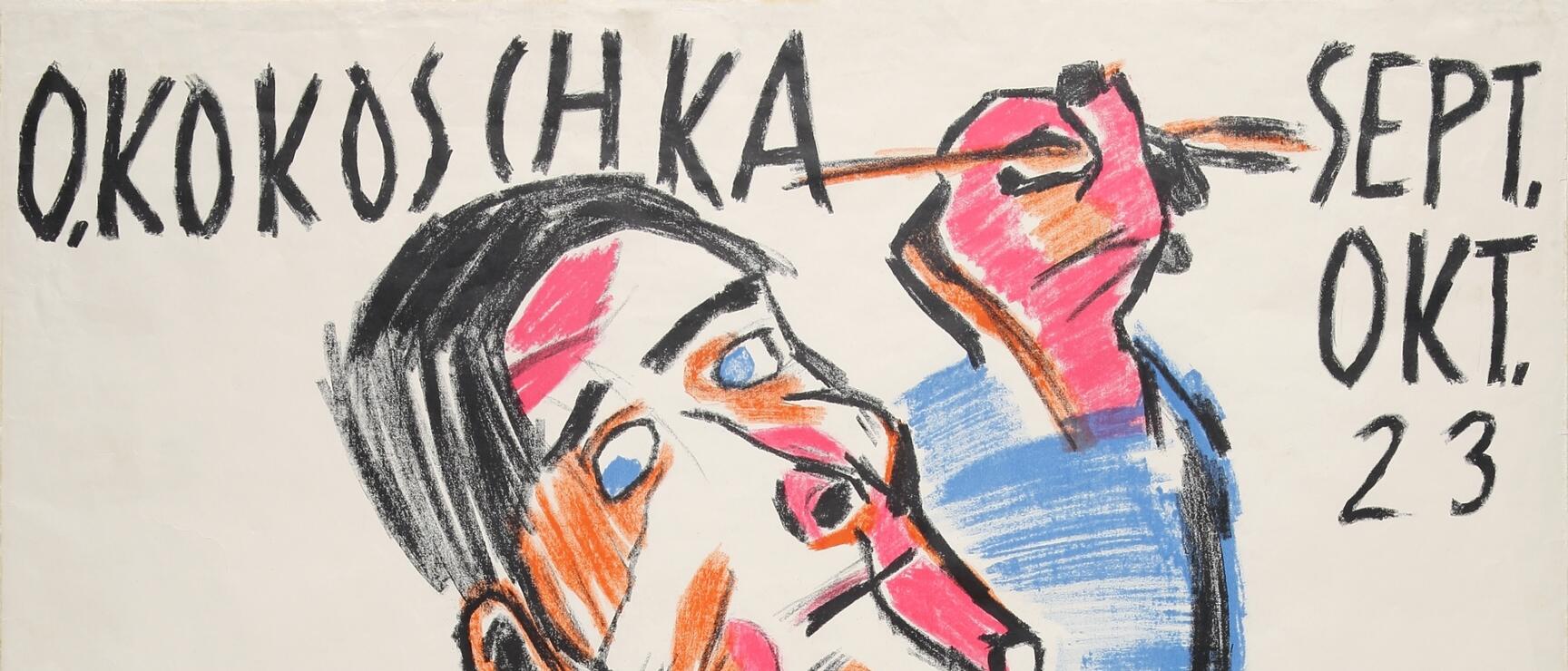
Oskar Kokoschka
Wild visionary and painter of the soul
The great Oskar Kokoschka was born in the small town of Pöchlarn on the Danube—and carried his Lower Austrian roots with him throughout his life. Today, the celebrated painter of Expressionism and Viennese Modernism is more present than ever in his hometown.
Art historian and Kokoschka expert Bernadette Reinhold notes, “Pöchlarn has fewer than 4,000 residents. That Kokoschka was born here—and that his birthplace is now a museum and documentation centre—is truly remarkable.”
Across the town, Kokoschka’s presence is unmistakable: large-scale reproductions of his paintings decorate façades, while the Kokoschka Museum Pöchlarn—housed in his former home and adjoining barn—offers a vivid, personal insight into his life and legacy.
Oskar Kokoschka's vivid visual world
Chapters of his life and art
His birthplace in the Danube region
Pöchlarn as a "lasting homecoming"
Oskar Kokoschka remained deeply connected to his birthplace, Pöchlarn, throughout his life. Bernadette Reinhold, head of the Oskar Kokoschka Centre at the University of Applied Arts in Vienna and a renowned Kokoschka expert, explains: “He referred to Pöchlarn again and again—in many of his stories and writings. The founding of the documentation centre in his family home was, for him, a ‘lasting homecoming.’”
According to Reinhold, the Danube was always a central place for this cosmopolitan artist—whether he was living in London, travelling the Middle East, or working by Lake Geneva: “Being born by a river, where everything is always in motion and shaped by influences flowing in—that meant a great deal to him.”
In the 1950s, Kokoschka was named an honorary citizen of Pöchlarn.
A master of many arts
Portraits of the soul by the “wild one”
Oskar Kokoschka was what we might call a multi-talent today. He wrote plays and stories, designed stage sets for theatres and mosaics for churches.
But above all, he painted—boldly, expressively, emotionally. His extraordinary portraits, radically new for their time, brought him international fame. Rather than focusing on faithful representation, Kokoschka sought to reveal the deeper character and inner life of his subjects.
In his portraits, you can see the optimism of the people he painted—but also their vulnerability, inner conflict, and, at times, sorrow or pain. Kokoschka’s work is often described as “painting the soul.” Capturing the whole person on canvas—not just their outward appearance—was his true artistic goal.
Art, exile, and longing
Portraits of a restless soul
At an early age, Oskar Kokoschka was drawn to Vienna, where he laid the foundation for his later fame. More than anything, Kokoschka was fascinated by faces—nearly half of his works depict heads. He painted portraits of Adolf Loos, Karl Kraus, and many political figures.
After World War I, he became a professor in Dresden. In 1923, he took a leave of absence and never returned; instead, he spent years travelling through Europe, North Africa, and the Middle East—sketching and painting along the way.
When the Nazis denounced his work, he emigrated to London and created politically charged pieces. A sense of home eventually came to the tireless wanderer on the shores of Lake Geneva. Oskar Kokoschka died there in 1980, at the age of 94.